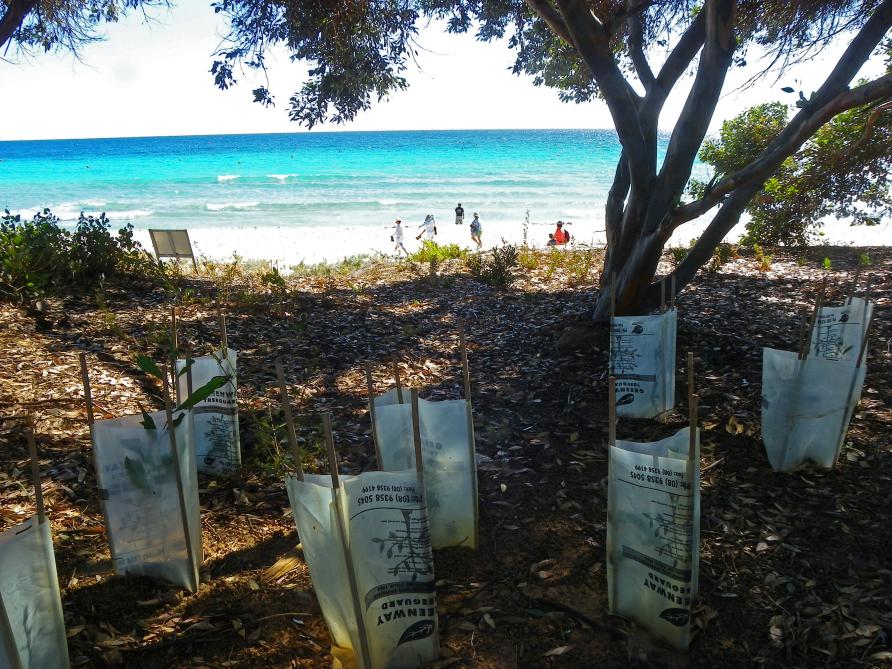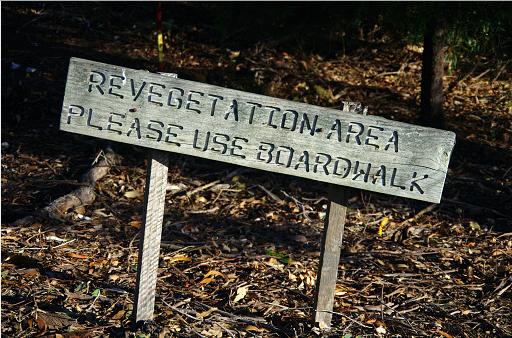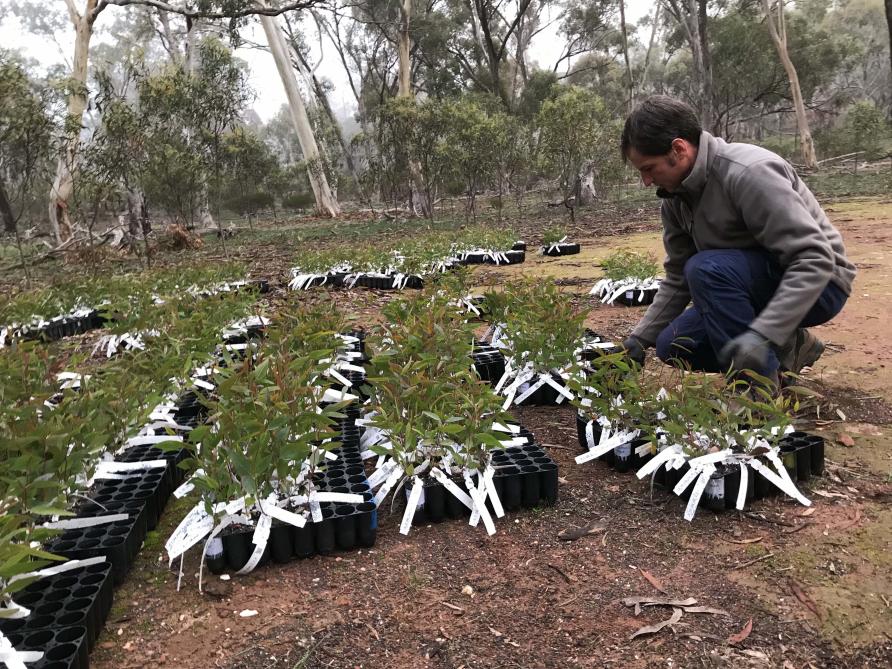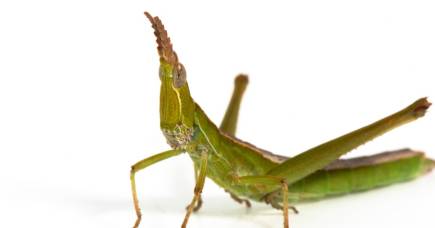Getting revegetation right with genetics

Eucalypts, wattles, banksias, grevilleas and other Australian native plants are some of the most fascinating and unique flora on Earth.
They also play an important part in revegetation programs around Australia, which aim to restore plant-life to areas where the species used to grow, before activities like agriculture, forestry, urbanisation or mining caused degradation.

But for any revegetation to be successful, recent work has shown how important it is to make sure that the genetic variation in plant populations matches or even exceeds what was previously present at a site.
This variation is critical for minimising any negative effects of inbreeding and reduced adaptive potential in plant populations.
Rediscovering a 'lost' species
INBREEDING AND ADAPTATION
In plants, inbreeding can result in incompatibilities between ovules (the female reproductive structure in seed plants) and pollen, preventing the plants producing viable seed in the following generations.
Inbreeding can be avoided by ensuring that there is ample genetic variation in populations from unrelated individuals.
Genetic variation is also critically important in allowing populations to adapt to current and future environmental stresses.
In the absence of genetic variation, such as when the entire population consists of a single clone, these plant populations will have limited ability to withstand any new pests and diseases, or to adapt to changing levels of heat stress and drought.
This is because the populations are all composed of a single genotype, with a similar DNA-encoded ability to withstand disease and other environmental challenges.
However, when there’s a diversity of genotypes reintroduced, some are more likely to survive these stresses than others, allowing the population to adapt to environmental changes.
And this process of adaptation is a core component of evolution through natural selection.

THE IMPACT OF CLIMATE CHANGE
Stressful conditions are becoming particularly common as a result of climate change.
Already, there is evidence of tree and shrub death in our ecosystems as a result of the direct and indirect effects of climate change, such as when drought in combination with disease or pest pressure kills plants.
Tracking the climate threat to Australia's unique ecosystems
Habitat restoration programs are currently determined as successful by the number of plants that survive a few generations, but this is not adequate to ensure any longer-term survival and success.
Genetic variation in the population needs to be assessed when considering the long-term viability of restored populations.
In fact, plant populations may now need even higher levels of genetic variation than they did in the past if they are to survive several decades into a future with hotter temperatures and more variable rainfall – combined with a host of new pests and diseases.
EXPLORING GENETIC DIVERSITY
As part of our research, we undertook a review of global literature on a range of genetic studies into revegetation, in order to investigate how often adequate levels of genetic variation have been factored in.
We found that in 46 per cent of cases, revegetated populations of plants captured similar levels of genetic diversity to natural groupings of plants, particularly where plantings were based on multiple seed sources.
However, outcomes were variable.

In 52 per cent of cases, the revegetated groups had lower levels of genetic diversity than in the past. And this low diversity may mean these populations are much less likely to survive into the future, even if they presently appear to be growing well.
Unfortunately, one of the main conclusions of our review is that genetic data is rarely collected before revegetation begins or even considered when assessing the success of the project.
Protecting our coasts naturally
Most organisations undertaking a revegetation program are essentially paid by plant number, not by genetic diversity.
This means that there is very little incentive to try to capture more diversity, even if this is critical for the long-term survival of our plant populations.
If we look to the future, it is important to record and report genetic aspects of restoration practices so that we can promote better genetic and ecological outcomes.
This is particularly crucial in revegetated areas that are specifically set up to counter the effects of climate change into the future.
But this is unlikely to work effectively unless there are appropriate incentives available to support this effort.
Doing so helps to ensure that some of Australia’s beautiful native plants will survive long into the future.
Banner: Shutterstock
All republished articles must be attributed in the following way and contain links to both the site and original article: “This article was first published on Pursuit. Read the original article.”




